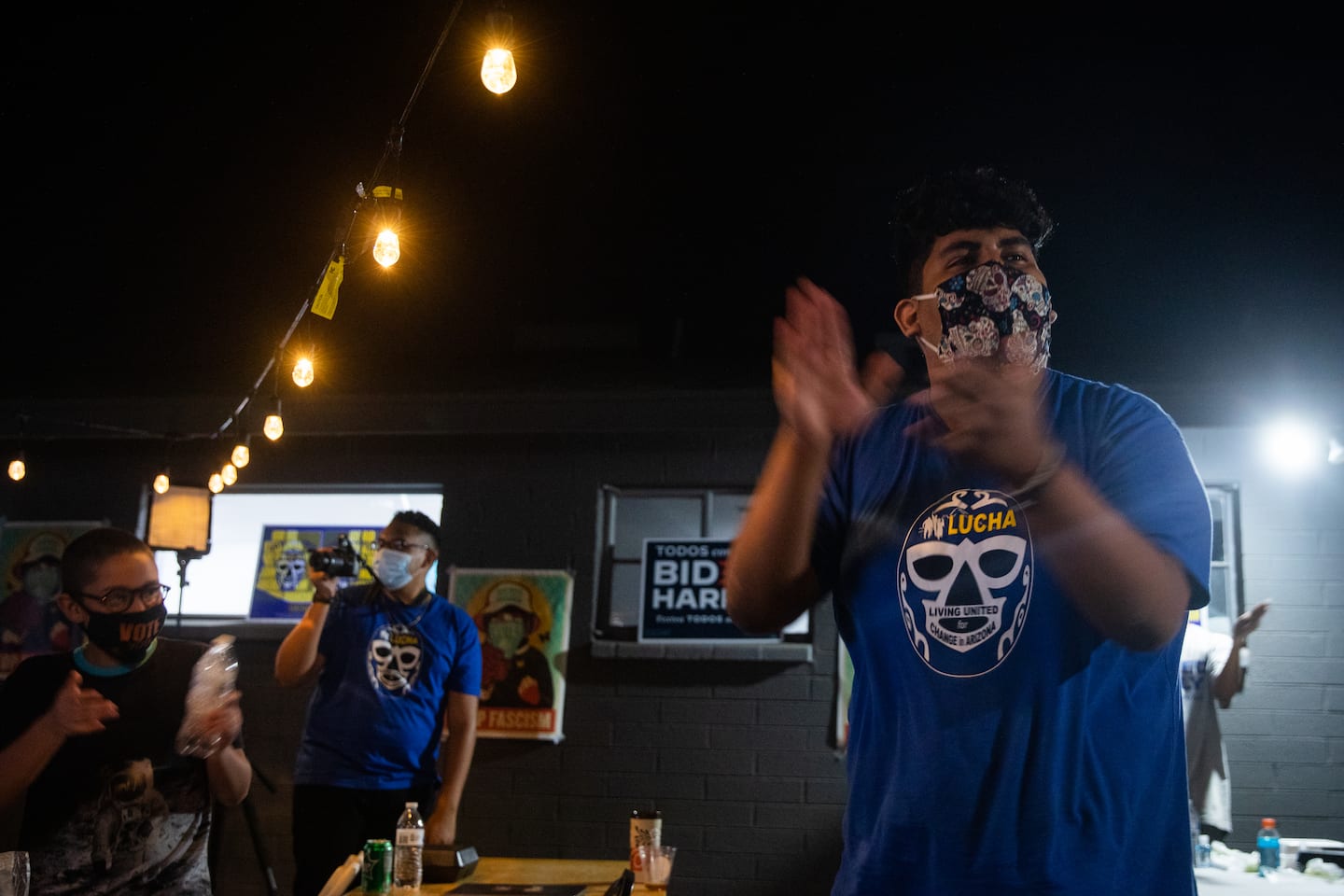Arizona just showed the right way to harness the power of Latino voters

The strategists on television talked about “Latinos” as if we were some kind of monolith to be manipulated by the national Democratic and Republican parties, rather than a mixed collection of 32 million individuals living different lives, in different communities, across the United States.
The dialogue reflected how little political “experts” seem to know about this diverse swath of the electorate.
My state, however, offers a road map for how to harness the power of these voters. Arizona puts the lie to the notion that national political committees can swoop in every two or four years, cut some Spanish-language ads and claim Latinos as allies to their preferred candidates. Instead, our experience shows, they should follow the lead of local Latino grass-roots organizers — who here have seized on the issues that matter to their communities to build broad, winning political coalitions.
To understand how this played out on Election Day, one needs to go back 20 years, when a series of bigoted measures tried to isolate Arizona’s Latinos into a single collective silo — ironically, the same mistake political professionals continue to make.
Arizona Latinos didn’t cower. Instead, they fostered their own resistance movement, one that was built by and for the brown men and women who were the target of the sheriff’s brand of institutionalized racism. They set out to register, educate and mobilize voters, building connections through shared experiences of being treated as “others” by the state’s White power structure. They groomed leaders and helped them bring the organizing skills learned on the streets into the halls of government.
The intentional, long-term approach unified Latino voters in spite of their differences — over country of origin, history in the United States, education level, career paths, religion and class. And it allowed them to thoughtfully recruit as allies non-Latino Arizonans who shared a common set of policy goals.
One of these organizers is Alejandra Gomez, co-executive director of LUCHA Arizona, which describes itself as a “grassroots organization that builds power with Arizona’s working families to advance social, racial and economic justice for all.” Notice that there is no mention of “Latino.” Gomez is a U.S.-born child of immigrants, just like 3 in 4 of Arizona’s Latinos. An estimated 100,000 of them have turned 18 since the 2018 midterm elections. But they are perennially overlooked by Democrats and Republicans.
LUCHA didn’t officially endorse Joe Biden this year because Biden didn’t earn its endorsement. His campaign, Gomez said, didn’t work to build a relationship with the organization and its members well enough ahead of the election. It took the ineffective parachute-outreach approach to Latino voters that has left Arizonans such as Gomez feeling neglected.
Still, the group’s well-oiled resistance machine of activists and volunteers made calls, knocked on doors and hosted Zoom parties to promote Biden because he spoke to the issues that matter most to them: education, affordable health care, a credible response to the coronavirus. Biden’s character helped, too: He wasn’t someone who embodied a hierarchical structure that has worked diligently to hold back people of color. In the end, though, it was community leaders’ efforts that helped Democrats make huge inroads in a state that has been reliably red for decades.
But Biden got lucky. As Texas and Florida showed, taking for granted — again — that Latinos will automatically serve up a dedicated cohort of voters proved to be a mistake. The lesson from Arizona is that, while it’s an error to treat Latinos as a uniform bloc, there are millions of Latino voters who can be united — if parties are willing to put in the years and the miles alongside the local leaders who know how to do it.
Read more:






